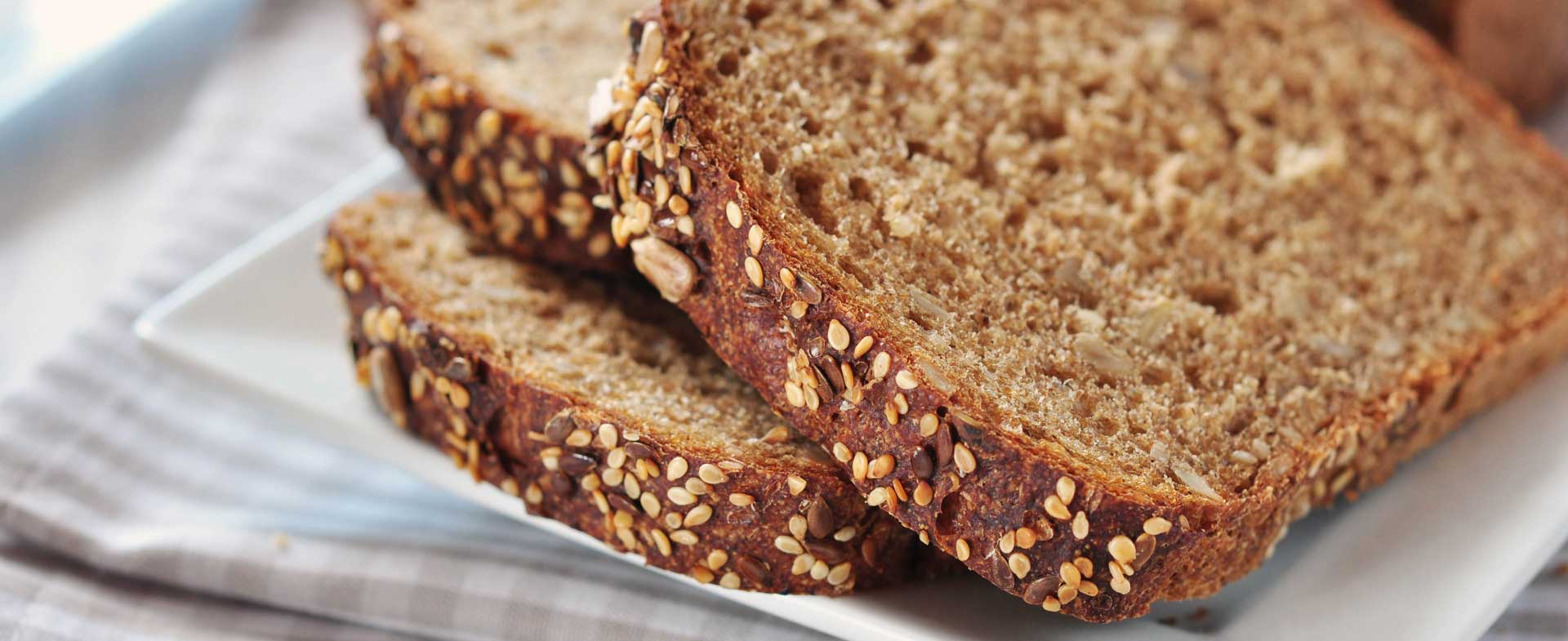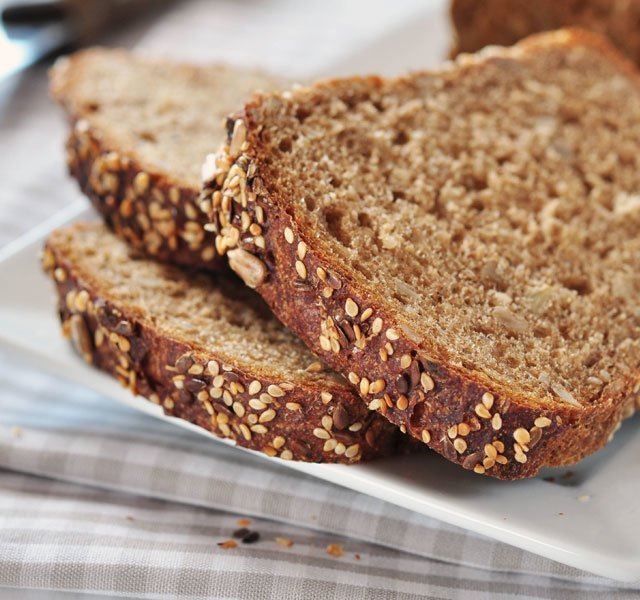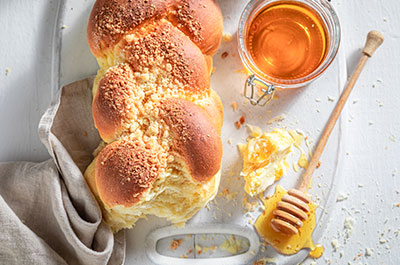It’s no secret that Americans ingest too much sodium. The Centers for Disease Control and Prevention (CDC) reported that Americans consumed about 3,400 mg of sodium daily in 2013 – far above the American Heart Association’s “ideal” intake of 1,500 mg daily. But it’s not all coming from the saltshaker. In fact, according to a recent National Health and Nutrition Examination Survey (NHANES) report, almost 44 percent of the sodium that people eat comes from just 10 foods.
Some of those foods, like processed meat, pizza and soup, are well known salt traps, but others on the list aren’t typically viewed as salty foods. Nourishing foods like chicken – which is often injected with a saline solution to keep poultry plump and juicy – and bread (which boasts between 150-250 milligrams of sodium per slice) also made the list.
Your body needs sodium to function properly. It helps transmit nerve impulses, plays a role in muscle movement and helps regulate blood pressure. But most Americans get far more sodium than they need, which can create imbalances that lead to health conditions such as high blood pressure, diabetes and heart disease. While salt and sodium are often used interchangeably – there is a difference between the two. Salt is comprised of 2 elements – sodium and chloride – and is a primary source of the sodium in our foods.
The good news: You can tamp down the sodium in your daily diet by following these five strategies:
- Eat whole foods. Fruits, vegetables, whole grains and lean meats are mostly free of sodium – at least before manufacturers get hold of them. Your best bet: Fill half your plate with fruits and vegetables at every meal and round out your plate with wholesome (unsalted) whole grains and lean protein.
- Avoid processed foods. The vast majority of salt in the American diet comes from munching on processed foods and snacks. Seemingly wholesome products like canned beans, tomato sauce, pasta sauce, salad dressings and marinades also tend to pack a heavy punch in the sodium department.
- Limit dining out. Whether you’re dining in a fast food joint or a five-star find, restaurant meals tend to be loaded with sodium. The NHANES study reported that 61 percent of the salt consumed daily comes from store-prepared foods and restaurant meals. Still set on your biweekly restaurant fix? Request lower-sodium meals.
- Read labels. Not only do the types of foods you eat matter, the brands do too. You can look at two jars of pasta sauce – each from a different manufacturer – and notice a vast difference in sodium content. A good rule of thumb: Choose foods that have fewer milligrams of sodium than the weight (in grams) per serving of the food. So, for example, if the serving size is 70 grams, the sodium listed per serving should be less than 70 milligrams. Keep in mind, too, that salt often appears under different monikers, such as baking soda and monosodium glutamate. So rather than looking for the word “salt” on the ingredient list, check the product’s total sodium content.
- Get creative in the kitchen. If you’re accustomed to salty foods, non-sodium flavor enhancers can help you ditch the salt shaker. Herbs, spices and even vegetables such as garlic, onions and shallots are a great way to flavor food without the extra sodium. Citrus juice and vinegars, too, tend to trick taste buds into thinking that they’re getting salt even when they’re not. Still need a dash of salt? Add a light sprinkling at the very end of the cooking cycle or right before you eat. That way, the salt sticks to the surface of your food and your taste buds get an immediate hit.
Reducing your sodium intake can help keep your blood pressure levels in check. And keeping blood pressure steady can help reduce your risk of heart disease, kidney disease and stroke.
If reducing your sodium intake seems too overwhelming, start with baby steps: Avoid salting boiling water when you’re cooking pasta, or adding salt when you cook oatmeal or rice. Wait to salt your food until after you take a bite (to see if it even needs additional flavoring). And take advantage of salt-free seasonings. Most importantly, whenever possible, steer clear – or limit – these top 10 sodium culprits:
- Bread made with yeast
- Pizza
- Sandwiches
- Cold cuts and cured meats
- Soup
- Burritos and tacos
- Salted snacks
- Chicken
- Cheese
- Eggs and omelets
To find a doctor or registered dietitian at Henry Ford, visit henryford.com or call 1-800-HENRYFORD (436-7936).



